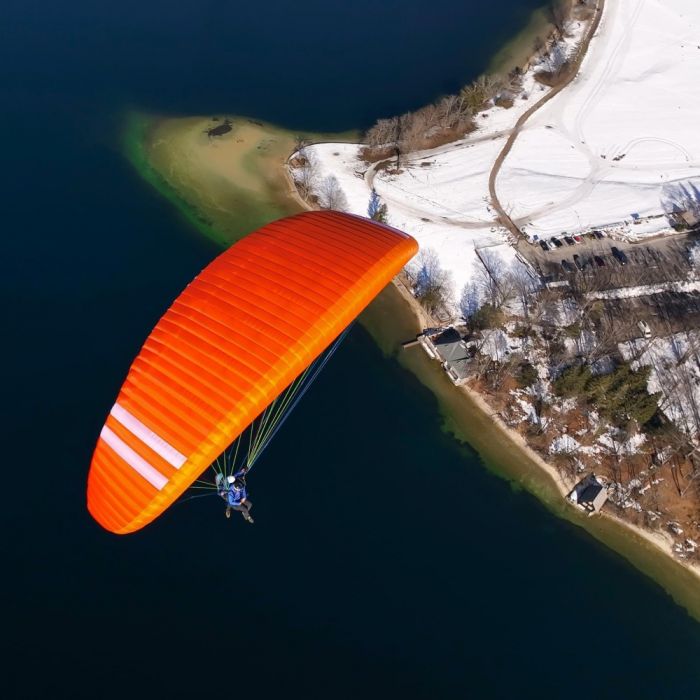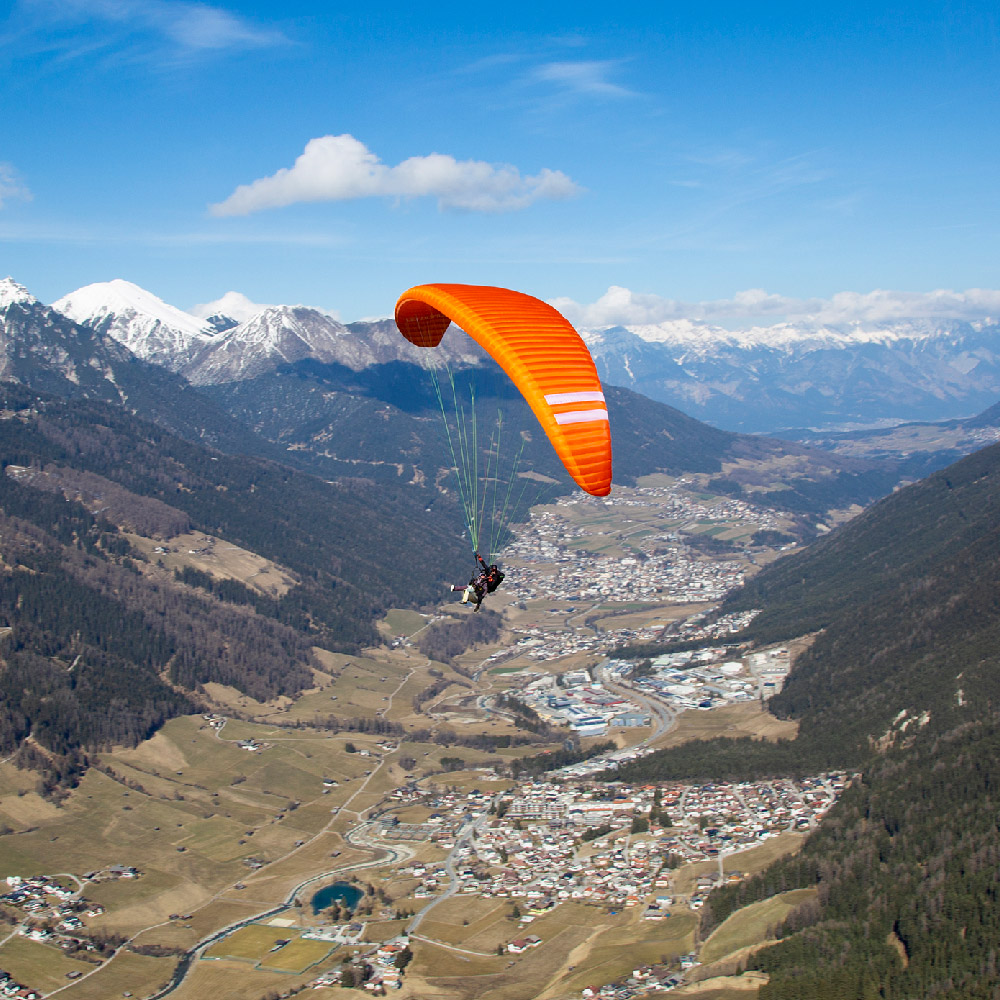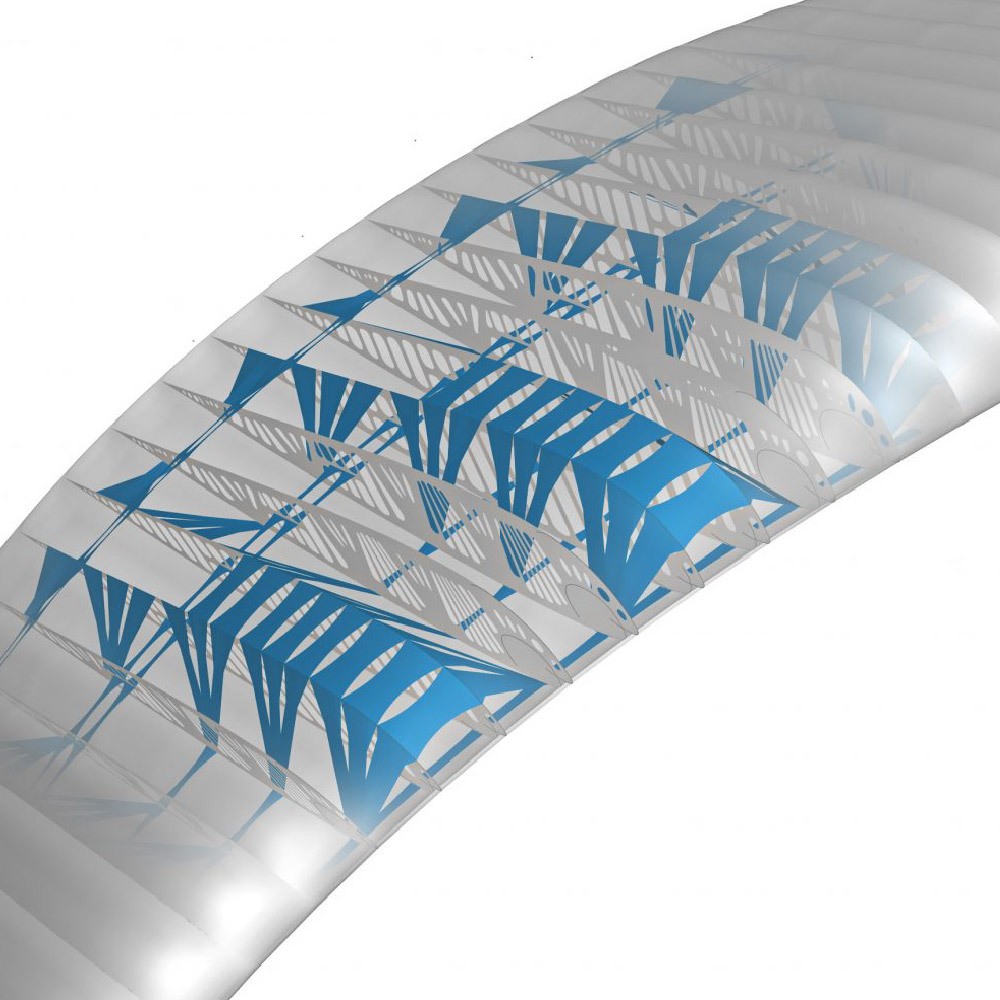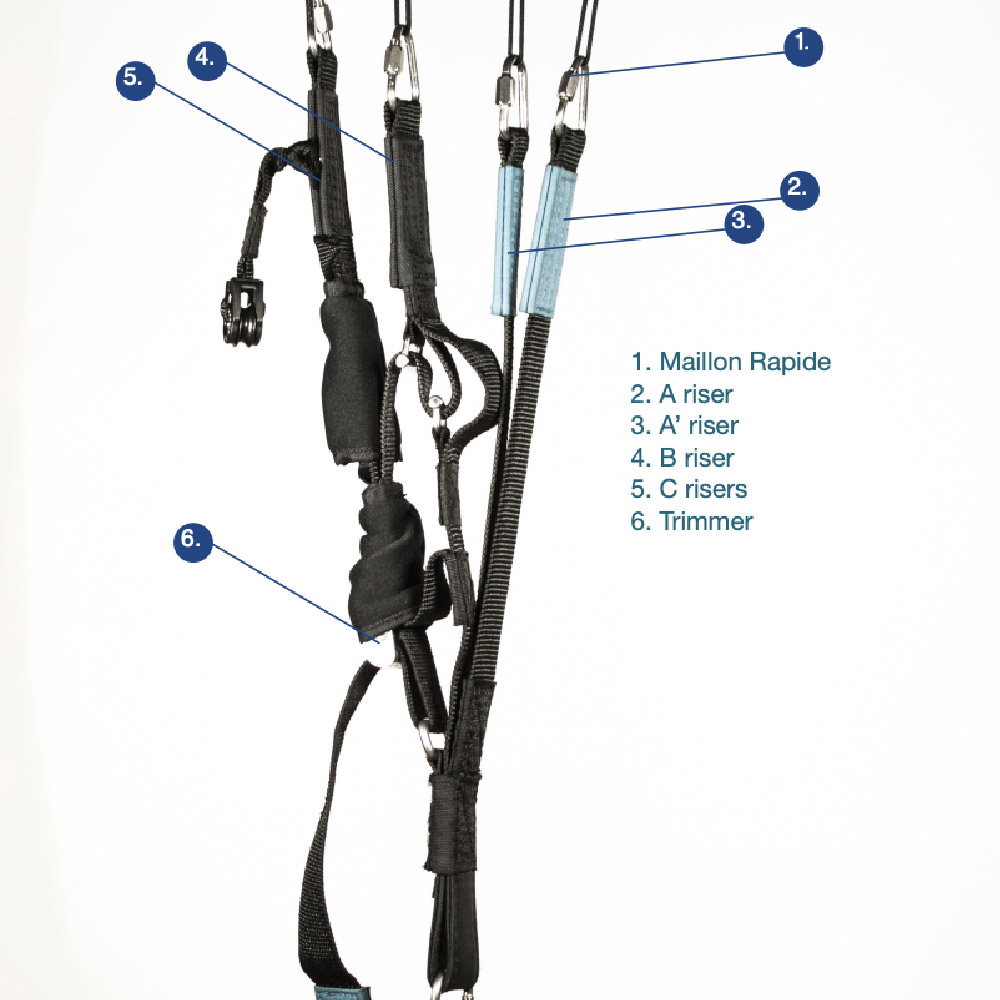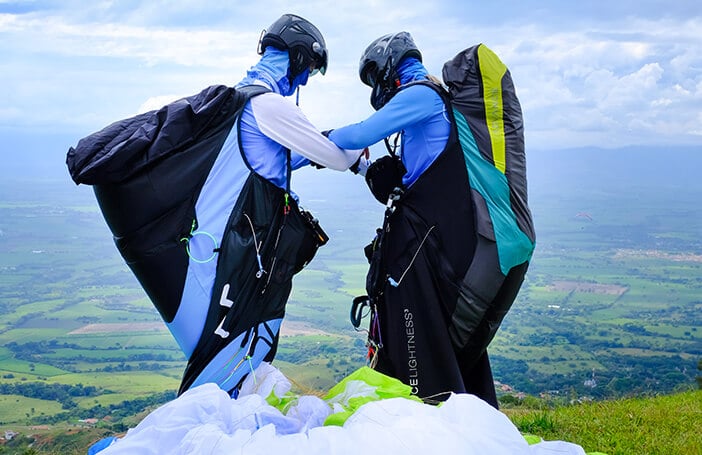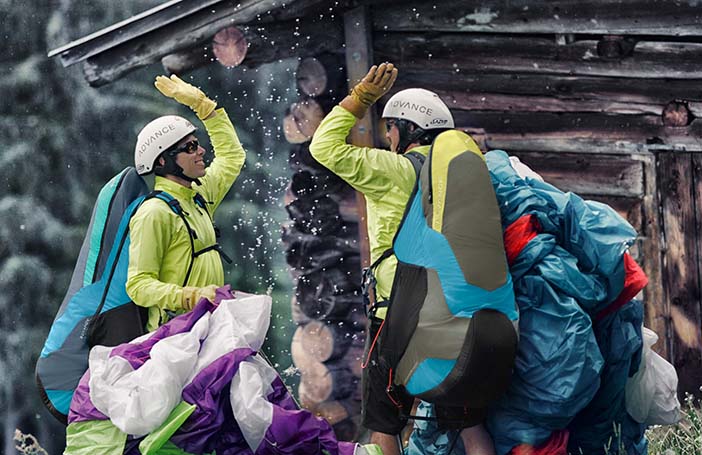"This year, I flew the brand new Bishop from Triple Seven Paragliders. I can write up a few things about it since we managed to fly it in various conditions. The wings I flew before were Gradient BiGolden 3 BGD Dual one, and AirCross. I can comment and relate to these two models.
Takeoff:
The Bishop’s take-off is a reliable, no-surprise event. While BiGolden wanted to jump ahead in strong winds, the Bishop remained tamed without overshooting, making it easy to stop the wing in high winds. The Dual one was sometimes a bit heavy regarding the zero wind take-off. Bishop remains easy in no wind as well. The main point was that it gave no surprise throughout this summer. Always ending up positioned on top of the pilot.
In Flight:
Once in the air, I always flew with no less than 3-4 cm open trimmers. The wing flew completely stable at all times in this position, and it felt that I had better turning authority than if I had used the closed trimmers. The manual states this closed trimm position is to be used only with heavy loading in weak conditions to scoop any lift on the way. The brake force is on the heavy side of all three wings mentioned here. There is some force needed to steer the wing, and there is a special point in turn/brake pull where you need to go from progressive pull to a sharper, stronger pull to get the wing banking. Once you understand that, the Bishop turns quickly in all conditions. Especially when you need to get up on the ridge or turn in a strong, tight core. Climbing is bliss. In a group of pilots flying all kinds of tandem wings, I never ended up being lower than the rest; in a thermal, I was topping most of the time. In turbulent air, I was happy to have this Triple Seven feel, where the wing remained solid through the bumps. Bigolden and Dual tend to be squizzed in the centre quite a lot, bringing all kinds of information to the passengers looking up at what is happening with the wing. The Bishop remains solid here, and the input needed for active flying is relatively short, like flying a solo wing.
The only thing I would love is a slightly higher top speed to catch easier the matching tandem wing when you stay behind.
Landing:
After a few attempts, I found that landing with open trimmers in calm conditions and 3/4 trimmers in rougher situations worked best. The wing remained manageable even in turbulence, allowing for a safe landing and a smooth flare that landed us on our feet, passengers included.
Conclusion:
The Bishop is a reliable workhorse that demands a bit of muscle from the pilot. Its stability is its standout feature, ensuring a comfortable and enjoyable ride for both passengers and pilots. While I wouldn’t mind a slightly higher top speed, the wing’s solidity outweighs this. I am incredibly pleased with the Bishop and plan to keep it for years to come."
- Adria Fly tandem company
